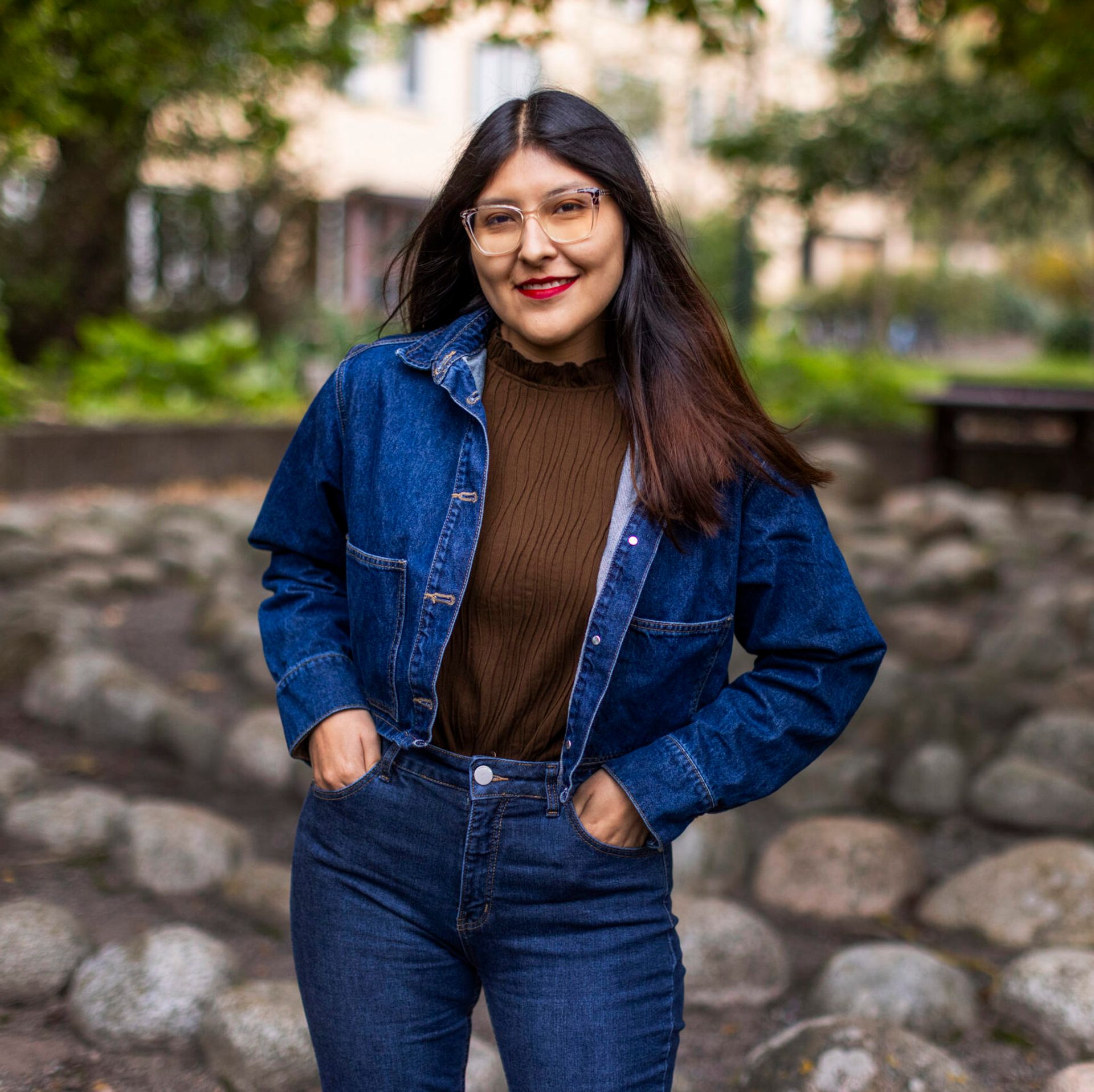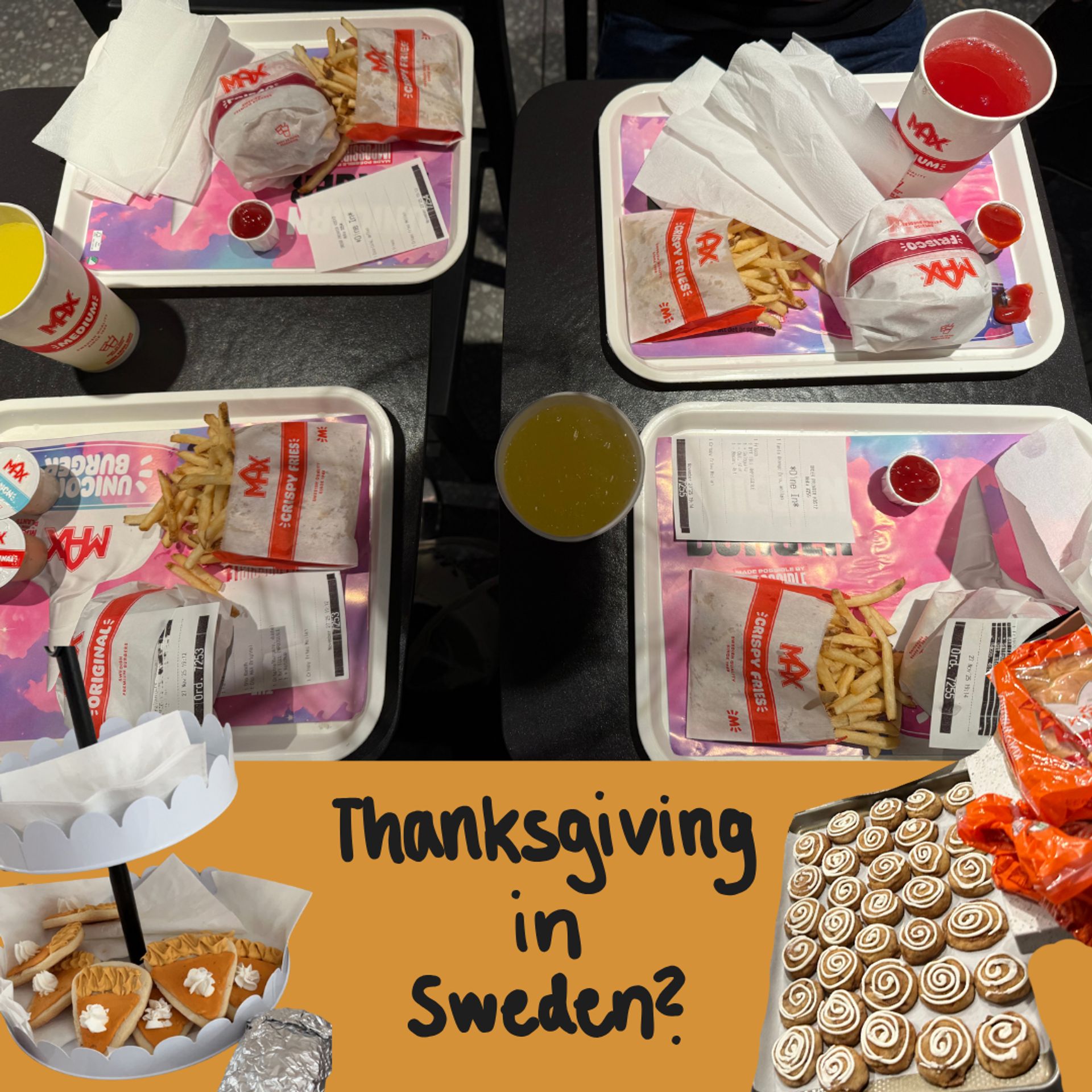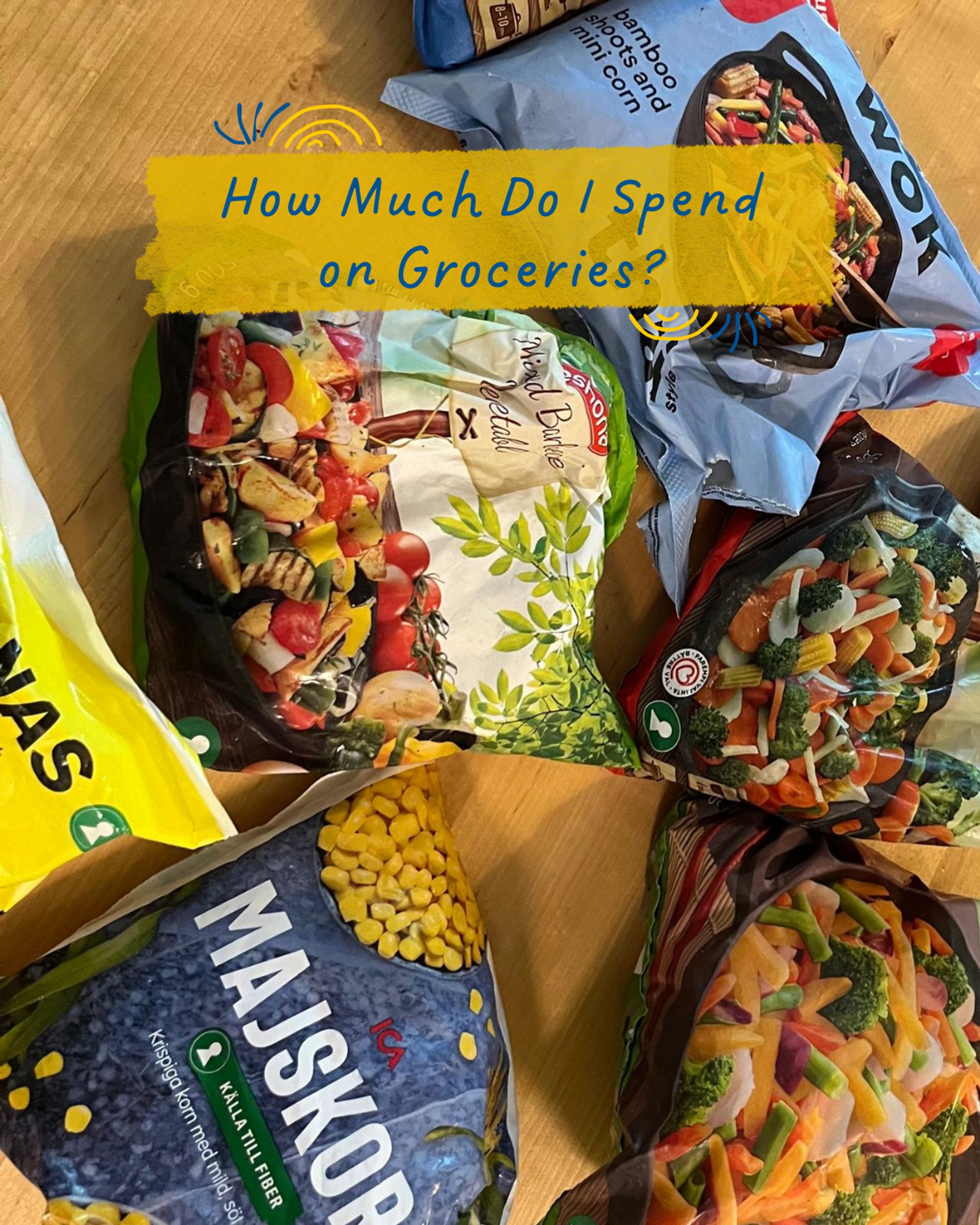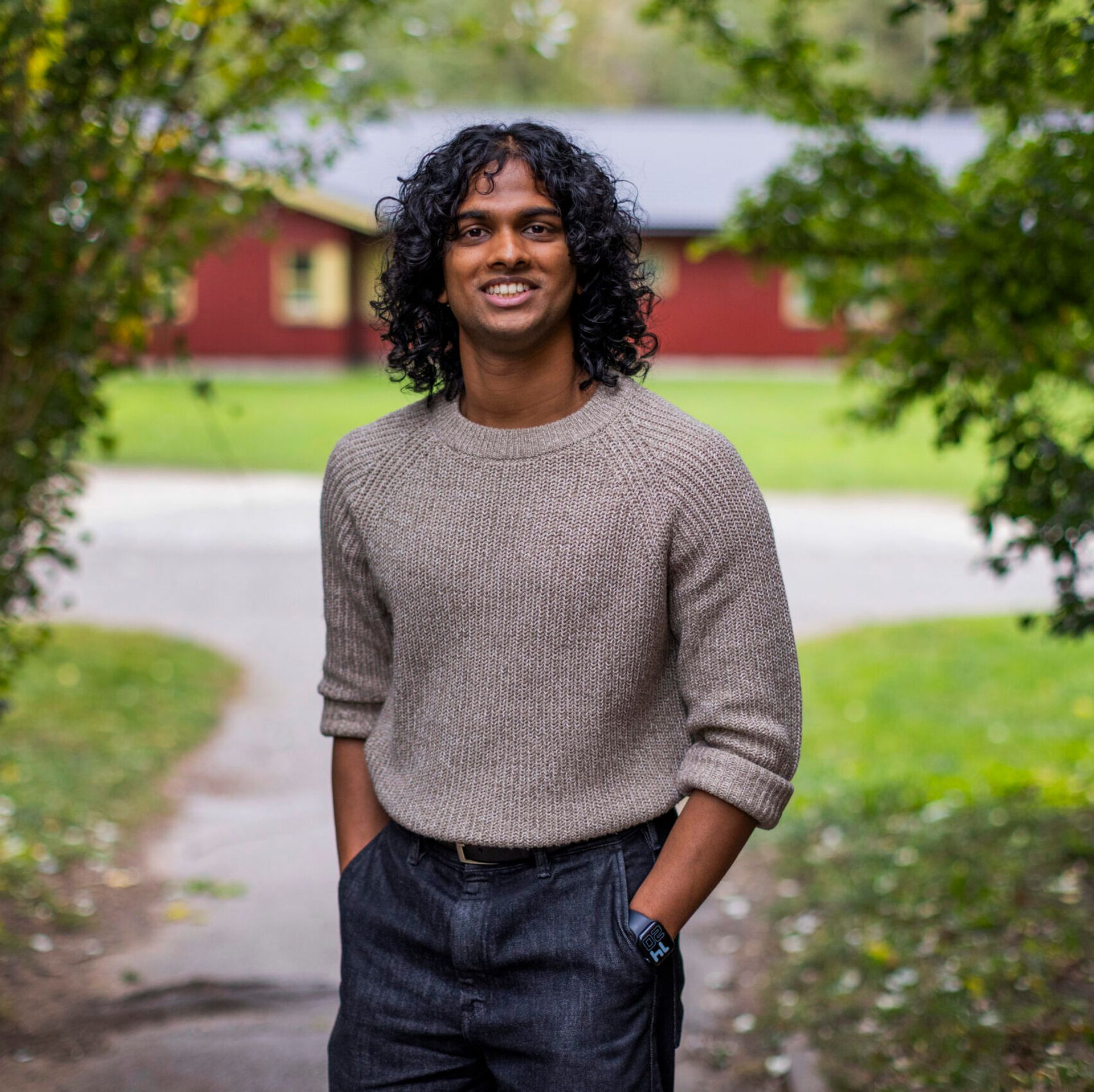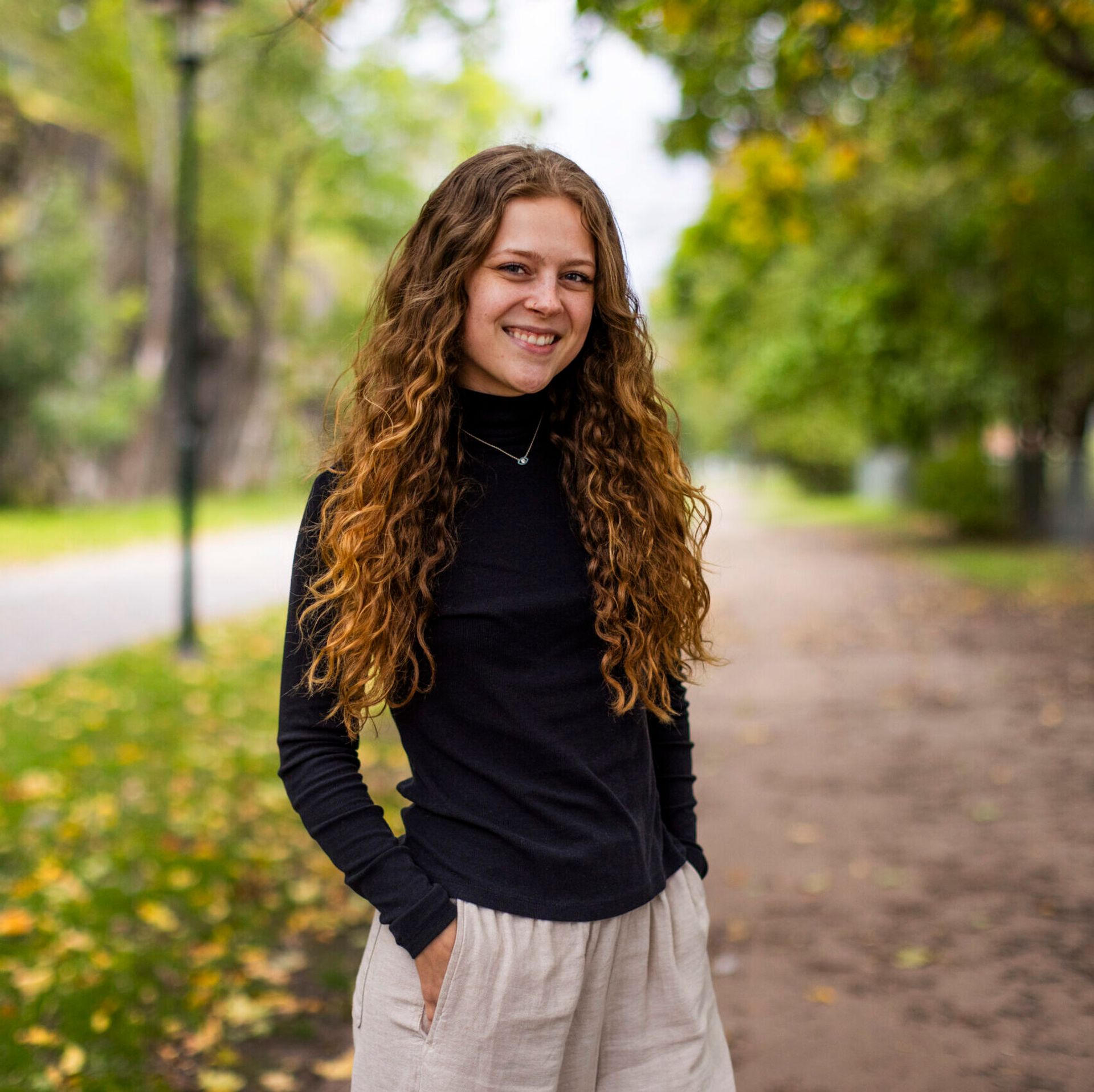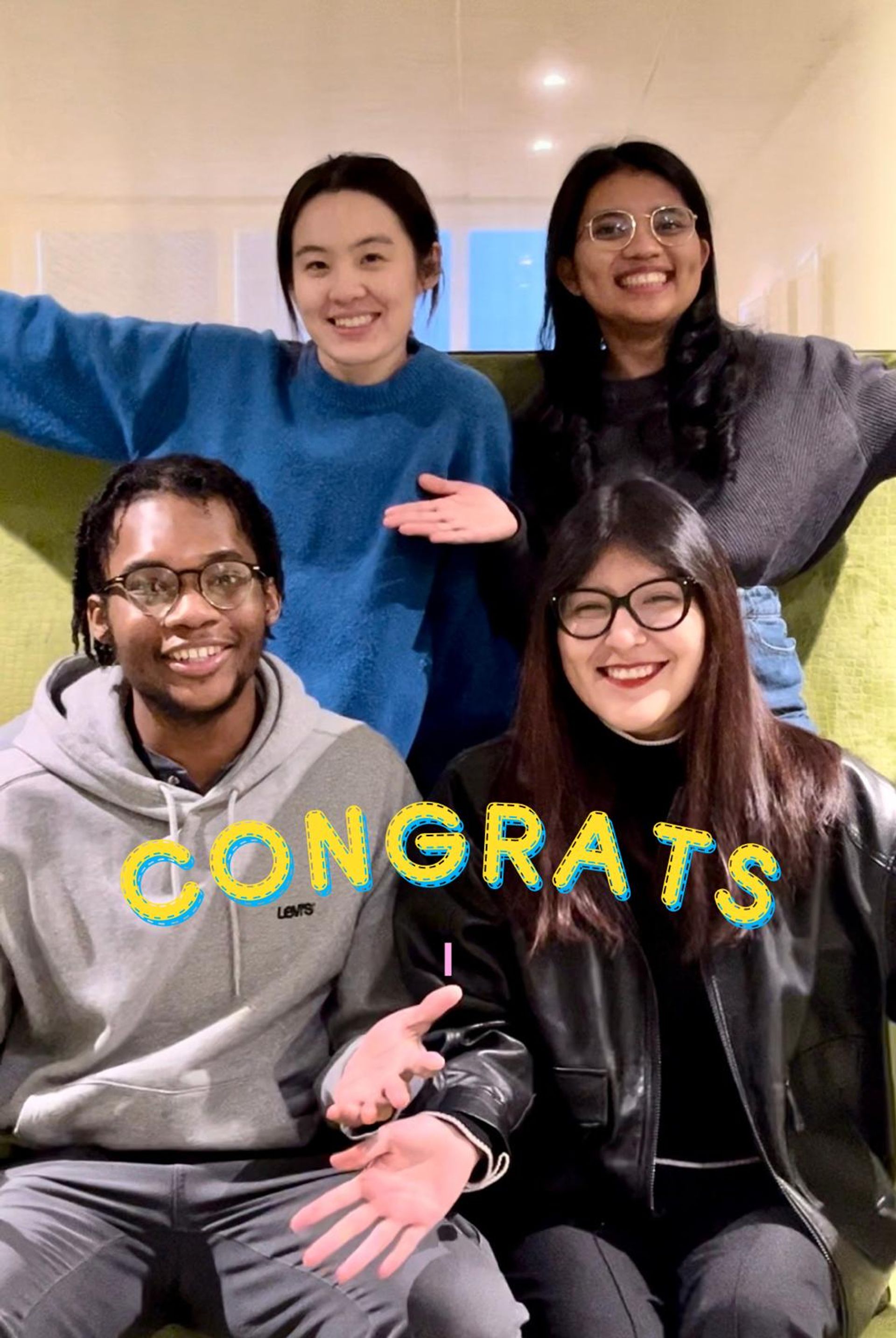
Written by Jazmin
26 Mar 2025
Congratulations! You’ve been accepted to study in Sweden—what a big moment! We’re so happy for you. You’re probably feeling excited but also a little nervous about what to do next. Don’t worry—we’re here to help! In this guide, Joshua and me will explain the next steps and share our own experiences to make things easier for you.
Accept the offer
Accepting your offer for admission is really simple. All you have to do is go to universityadmissions.se to formally reply. Make sure that you get a confirmation email stating that your response has been noted, otherwise, it may not have been registered. We had around 30 days to accept or decline our offers, but keep in mind that you can always change your reply up until the deadline.
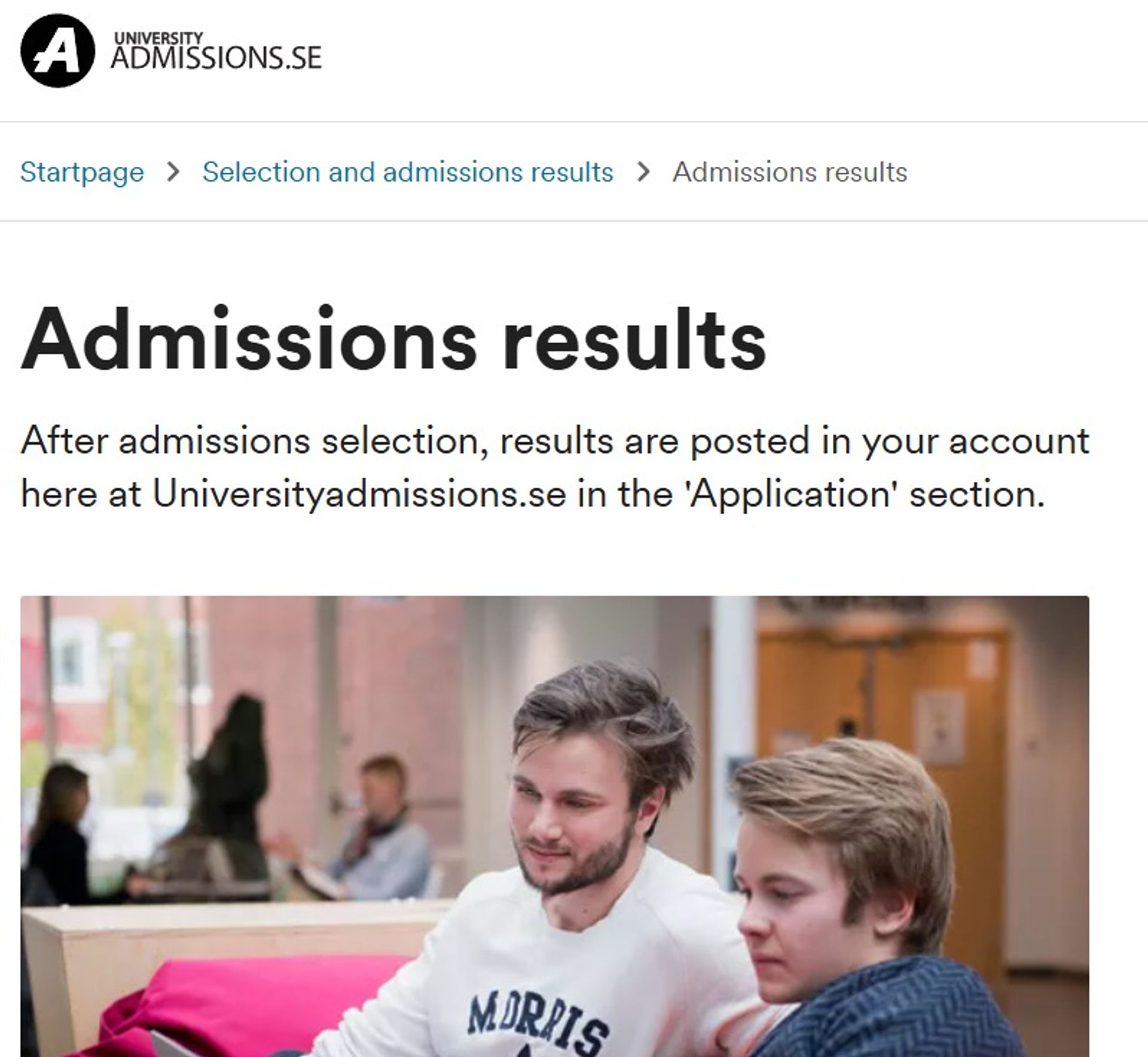
Pay the tuition fee
If you are a fee-paying student, unless you’ve received a scholarship or grant, you will be required to pay tuition fees. Instructions to pay the first installment of the fees should be sent to you by your institution soon after you’ve received your admissions result and must be completed before the stated deadline.
Apply for a residence permit
This step is where the process may get a little more complicated, and it varies from region to region. One thing that remains true is that you must start the process as soon as possible. There’s no guarantee that you will receive the residence permit ahead of the start of your school semester. Also, you need to consider that you may be required to travel to a Swedish embassy for an in-person appointment
For Jazmin
One of the first things you’ll need to do for your residence permit is show your passport at a Swedish embassy. Sounds simple, right? Well, here’s the catch—you need to have a Swedish embassy in your country. If there isn’t one, you’ll have to travel to the nearest country that does.
For me, this was a bit of a surprise. During an information session, I found out that Peru doesn’t have a Swedish embassy, so my options were Colombia, Chile, or Argentina. I chose Colombia since other Peruvians had done the same the year before, and it seemed like a smooth process.
Once I had that sorted, the rest was pretty straightforward. I contacted the embassy to check their drop-in hours, prepared my documents (nothing too complicated), and that was it! Everything was clearly explained, and the embassy staff were super helpful whenever I had questions.
My best advice? Start early! This step is 100% your responsibility, and you don’t want any last-minute stress.
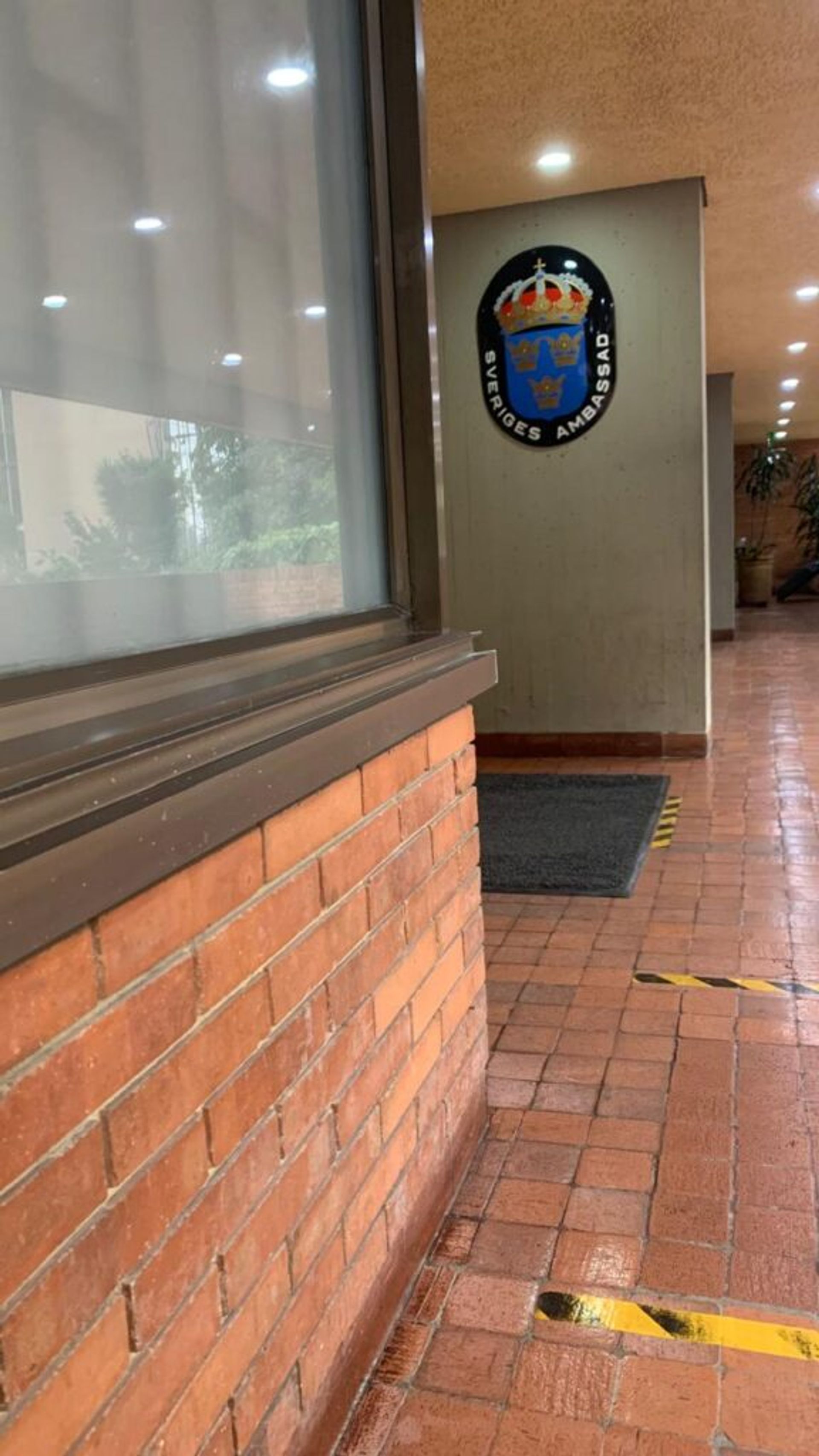
For Joshua
I had to figure out which embassy was supposed to process my residence permit application. For some applicants, there may be a Swedish embassy in your home country, or one that’s very close. Unfortunately, I was told to send my application to the Washington D.C. embassy for processing. This meant that I had to travel to the US for my appointment. What that also means is that you may need (as I did) a visa to complete the residence permit process.
The application itself was pretty simple. The hardest part for me was gathering the supporting documents. One of the key documents that is required is a bank statement, in your name, indicating that you have enough money to support yourself for the duration of the permit. Otherwise, you need basic information, including identification documents, transcripts, and health insurance (where applicable).
The 3 notable things I took away from this critical process are:
1. Start as soon as possible.
2. Don’t be afraid to send emails and ask questions about your specific application, or the process in general. The Swedish authorities are there to help you.
3. Ultimately, your application is your responsibility. You need to make sure that you manage all the timelines and follow up where necessary.

Apply for housing
Housing is something that is also different for each university. Our general advice for this one is the same. Apply as soon as possible.
For Jazmin
One of the best things about studying at Lund University as a non-EU student is the guaranteed housing. This was a huge relief for me! The application process was simple, and there were plenty of options to choose from. I learned how to apply by attending a webinar, which I highly recommend.
The process works like this: you join a virtual queue at a specific time, and the system randomly assigns you a number. That number determines which housing options are available to you. I also had to rank my preferences, and I was really hoping to get my first choice. Luckily, I did! And I couldn’t be happier with my place.
But here’s my advice: Even if you don’t get your first choice, accept the housing offer. It’s always better to have a guaranteed place to stay. Once you’re in Sweden, you’ll have more opportunities to find other options if needed—and you’ll avoid the risk of scams, which can be a big problem if you try to rent from abroad.
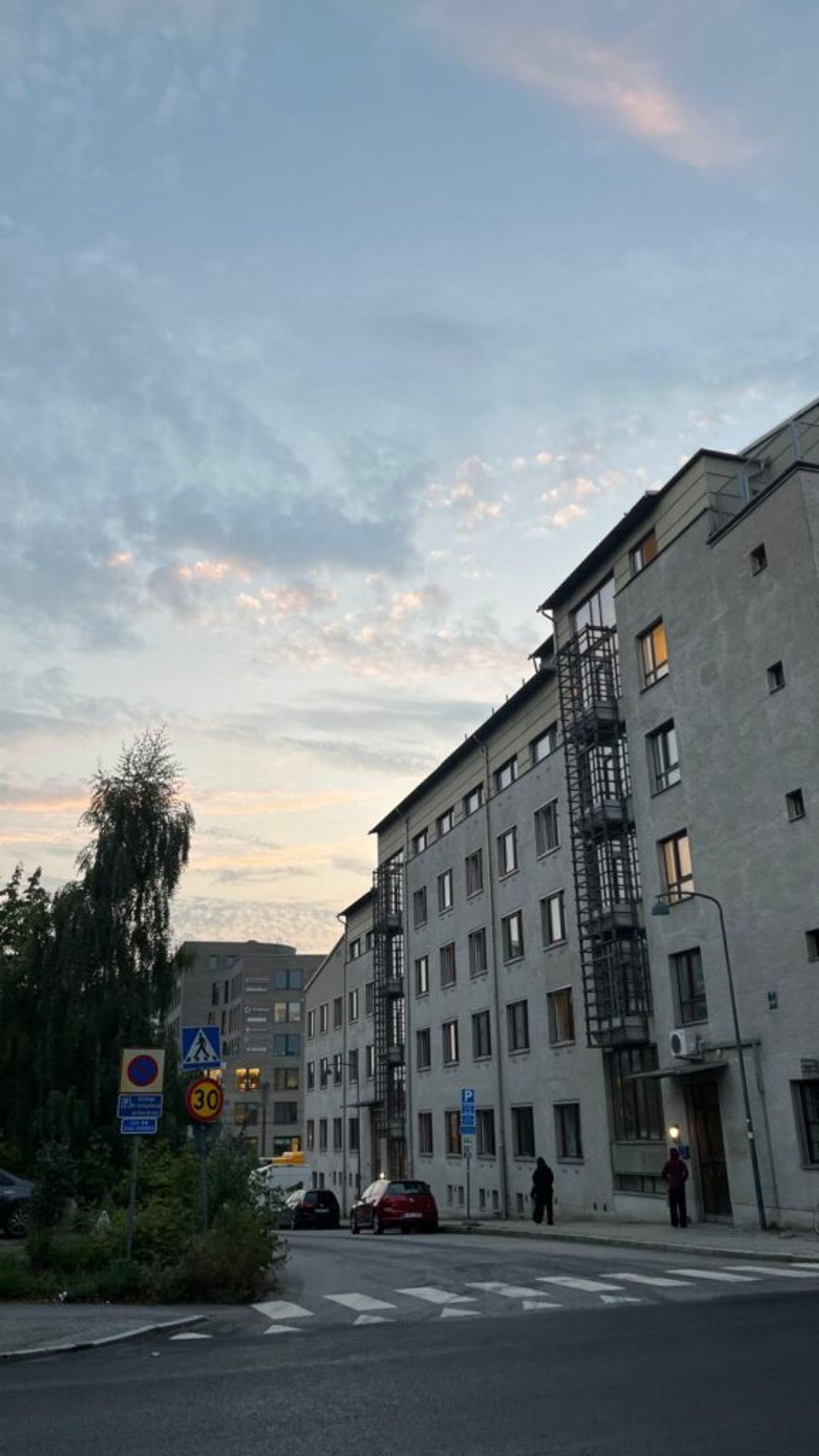
For Joshua
One of the things that drew me to KTH is their housing guarantee for international students. Not many universities in Europe offer facilities like this. Luckily, applying for housing is also very easy. Soon after I had gotten my acceptance, KTH sent out an email with information about applying for housing through KTH accommodation. They had a webinar to help you understand the process. All I had to do was create an account, select my housing preferences and submit the application. Once you receive an offer for housing, I highly recommend that you take it. You’re never sure whether you will receive any alternative housing, and you can always cancel your housing contract (usually 1-2 months ahead of time) if you want to move out.
Unfortunately, I didn’t receive any of the preferences I selected in my housing application. I’m not sure why, because KTH accommodation said that housing applications weren’t first come first serve. I would recommend that you apply as soon as possible just in case.
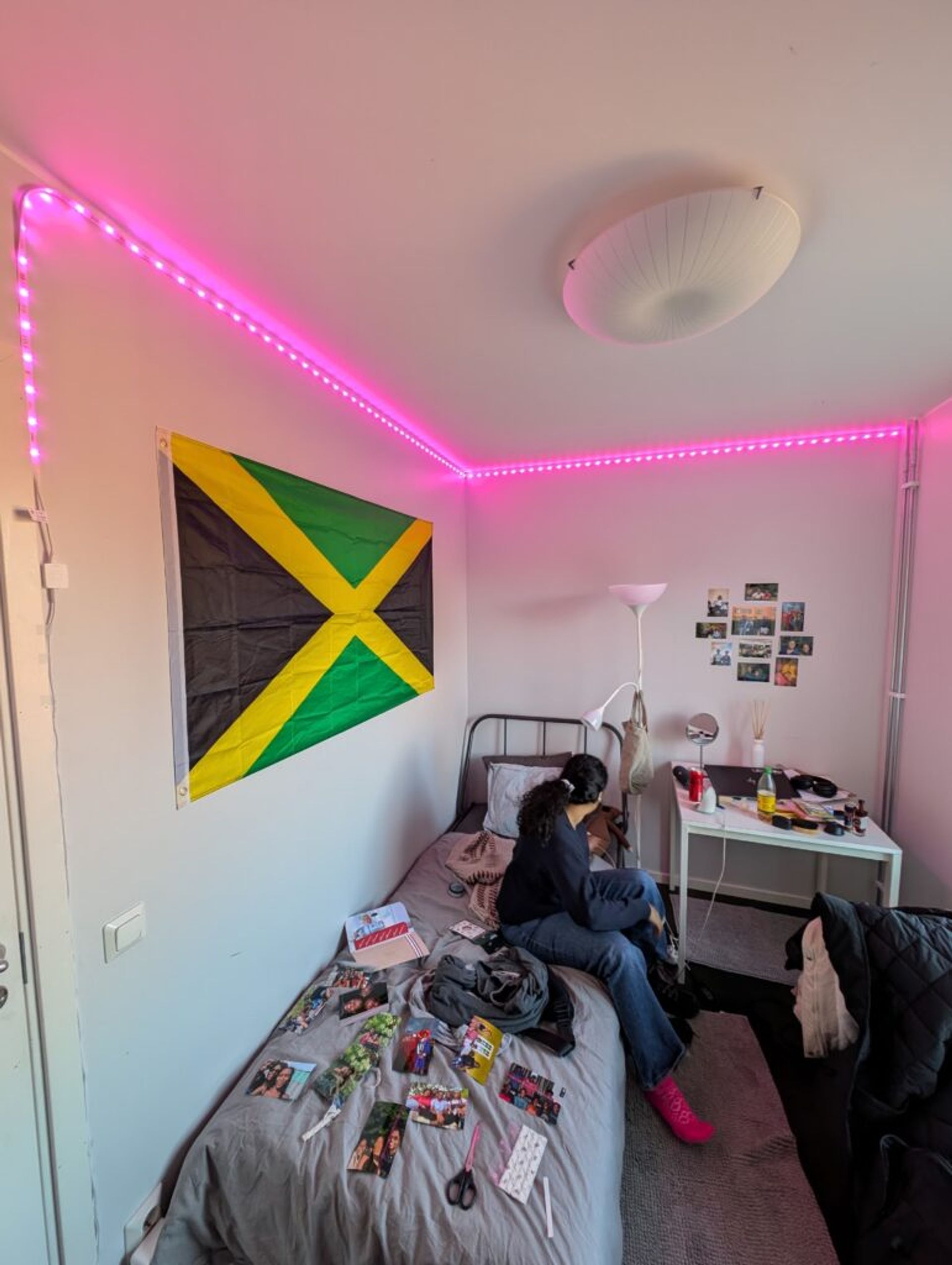
We hope our experiences and tips help make your journey to Sweden a little easier! If you have any questions about these processes, feel free to ask in the comments—we’re happy to help!
